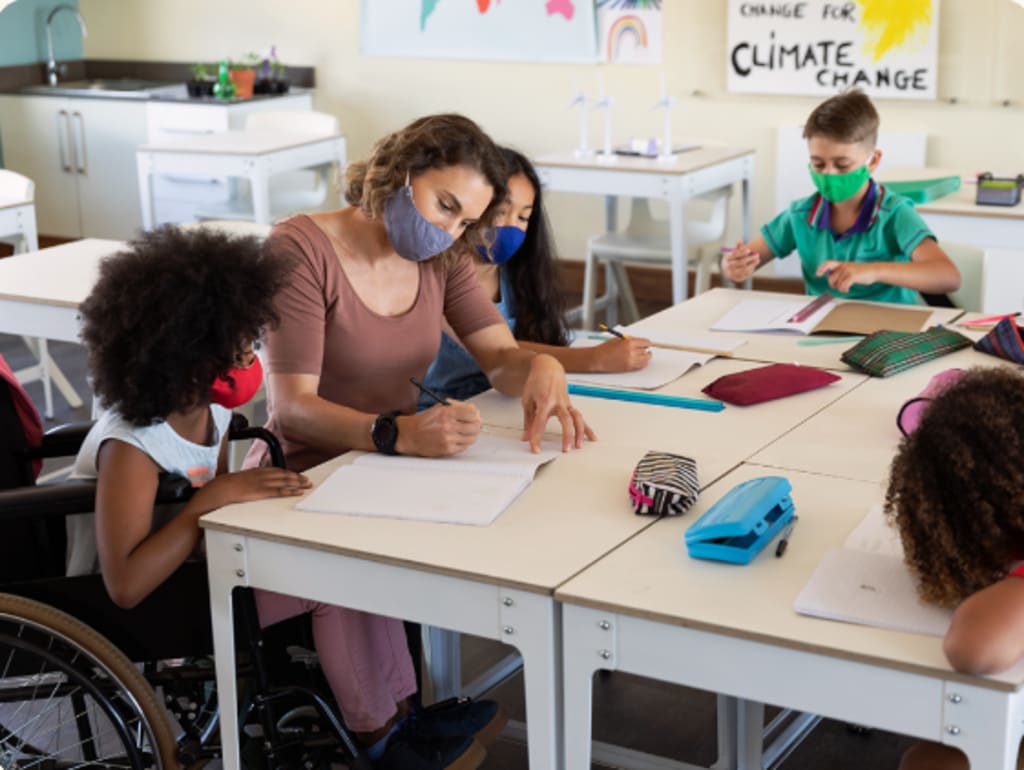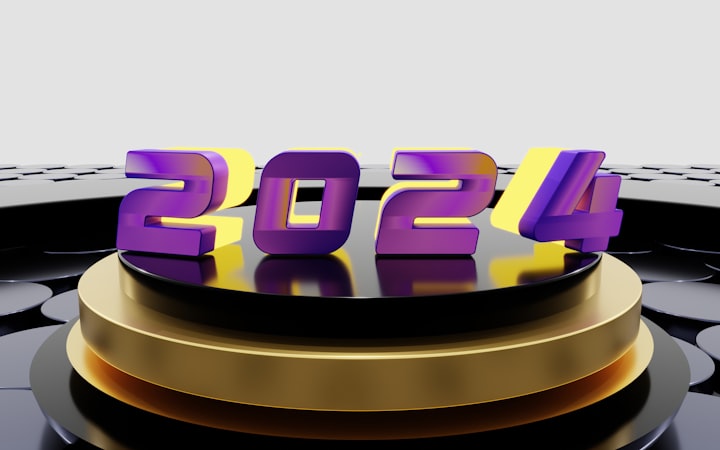Suitable Instructional Materials For Special Students
The standard unique student materials are effective across numerous locations and less expensive. Similarly, it saves time and stress.

Students with disabilities experience different challenges during learning, so they need instructional materials to facilitate easy assimilation. While the classroom gadget depends on grade level, the effectiveness depends on the exceptional student.
Before going into details about suitable learning gadgets, understand “instructional materials” and “special students.” The collection of resources to achieve learning objectives is known as instructional materials.
They can be animate or inanimate. Exceptional/gifted students are individuals whose mental, physical, emotional, etc., functioning requires attention in or outside the classroom. They include Hearing Impaired (H.I), Visual Impaired (V.I), Mental Retarded (M.R), etc.
Some people might condemn them because of their challenge; they can learn with the right motivation and environment. Below are standard instructional materials for special students;
Print Instructional Material (for Hearing Impaired)
Any written information that uses printing resources falls under the print instructional materials. They include Newspapers, journals, magazines, textbooks, and workbooks. The teacher uses this object to structure their lesson plan and attain educational objectives.
Printed materials are an essential classroom resource for Hearing Impaired(H.I) because it does not involve sound. Most objects under this category can be felt and touched. As a teacher, some concepts require illustration, so provide printed materials that contain necessary details.
For example, when teaching the human skeletal system, a single printed diagram will solve the hurdle instead of going through a long process of interpreting each part. If students have any questions, they can quickly get answers.
Some teachers should provide these resources for their students before class. The reason is to enable them to study independently and make the class interactive in the next session.
Audio instructional material (for Visually Impaired)
Studies show two categories of Visual Impairment(V.I), some double as H. I while are only V.I. However, the classroom materials in this section are for Visually Impaired(V.I) with hearing ability.
The Librarian Glossary said these resources don’t require reading to present information as in most cases uses hearing sense. Materials under the audio category include films, tapes, slides, microphones, cassettes, and podcasts.
They are adequate resources for V.I because the gadget provides information through sound with no requirement for visual ability. These unique student materials ensure learners don’t feel discouraged to learn with their disability.
In some schools, the class instructors record sessions so everyone can use them as a revision to facilitate class discussions. Similarly, auditory learning saves time compared to note reading.
Using audio materials for special students does not deter its effectiveness in typical classroom settings. In addition, ensure they don’t struggle to listen to the sounds as the audio speaker information in the student’s native language and simplified terms for easy assimilation.
Audiovisual instructional materials (Mental Retarded M.R)
Most students under this category have autism. It is a condition where students experience social interaction challenges, repetitive behavior, and obsessive interest. Note that early therapy is an effective way to correct the disorder.
Audiovisual classroom materials project sounds visible to students who have autism spectrum disorder. Some of the learner’s comprehension might require extra effort, so it’s vital to provide gadgets that save effort and time while learning.
Standard examples include; computer, video projector, VCD player, multimedia, etc. They are affordable and efficient. An essential feature of audiovisual instructional material is that it must simultaneously project sound and images.
Instead of relying on short lessons, teachers should incorporate demonstration projects that will develop the verbal communication of M.R students. Similarly, their curriculum must involve specific routines that intrigue their physical and cognitive body.
Electronic interactive (Physical disability)
Physical disabilities include leg or arm amputees. Special features about these individuals are the lack of a body part that might restrict them from performing specific tasks. With functional instructional material, they are fast learners and highly intelligent.
Resources under interactive learning contain images, text, videos, graphs, calculators, quizzes, and screencasts. Interestingly, they are not restricted to visual, audio, or electronic instructional materials as they provide avenues for learners to study at their pace.
Conclusion
Aside from the above-listed unique student materials, note that more are available online. However, if you are a teacher or an individual learner in need of instructional materials for better assimilation, ensure to choose the one that makes learning easier at your pace.
In case of any suggestion/inquiry about suitable instructional materials for exceptional learners, kindly drop a comment below.





Comments
There are no comments for this story
Be the first to respond and start the conversation.